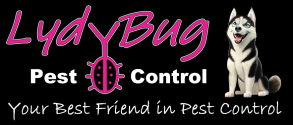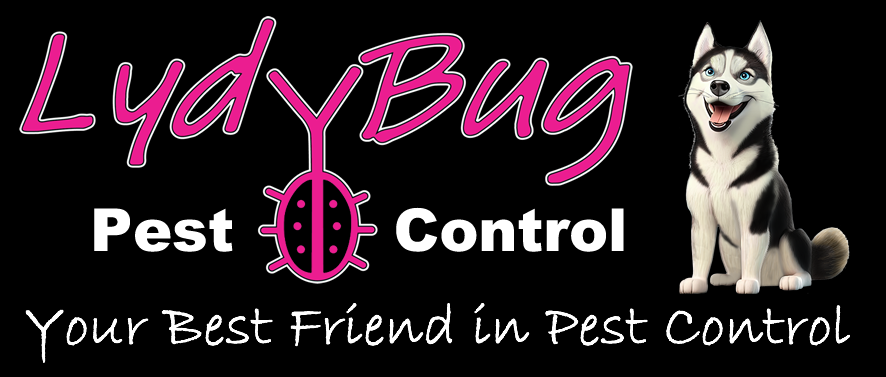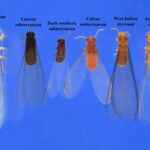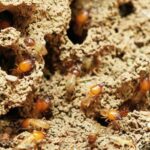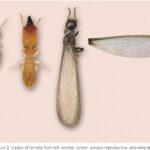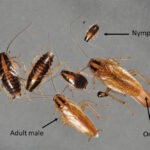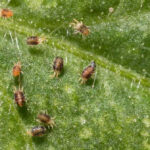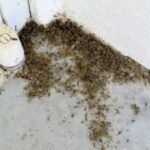Introduction:
In the world of gardening, weeds are often viewed as unwanted intruders, invaders that disrupt the meticulously planned landscapes. However, hidden beneath their seemingly unruly appearance lies a secret world of beauty and significance, especially for our buzzing friends, the bees. In this blog post, we’ll explore how some weeds are, in fact, wildflowers that play a crucial role in supporting bee populations and enhancing biodiversity.
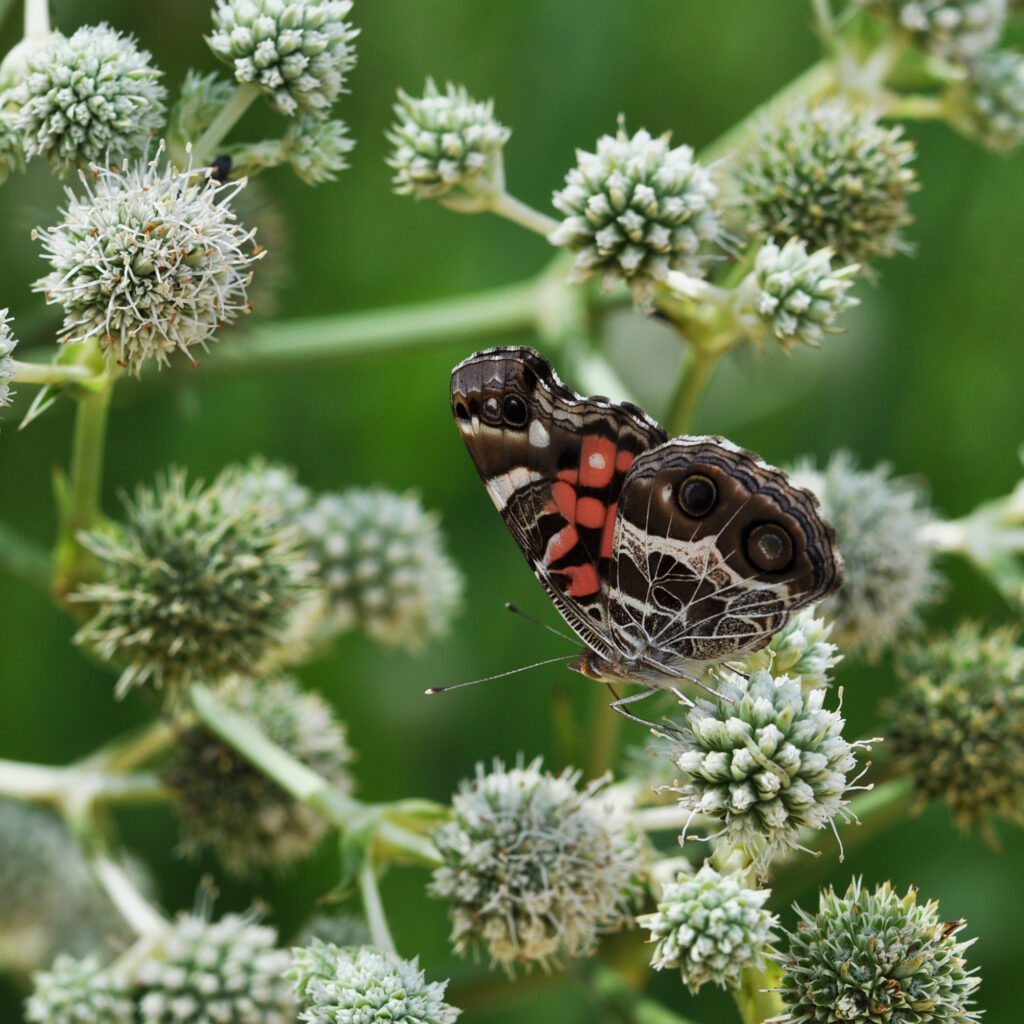
The Buzz about Bees:
Bees, those essential pollinators responsible for the reproduction of countless plant species, are facing numerous challenges in today’s environment. Loss of natural habitats, pesticide exposure, and climate change threaten their populations. As gardeners and nature enthusiasts, we can contribute to bee conservation by reevaluating our perspectives on weeds and recognizing the potential benefits they bring to these crucial pollinators.
The Wild Side of Weeds:
Many plants labeled as weeds are, in fact, wildflowers with vibrant blooms that attract and nourish bees. Examples include dandelions, clover, and goldenrod, among others. These plants often boast nectar-rich flowers, providing a valuable food source for bees throughout the growing season. By allowing these “weeds” to thrive in our gardens, we can create sanctuaries that support bee populations and contribute to overall ecosystem health.
Dandelions: More than a Weed:
Dandelions, with their sunny yellow blooms, are a classic example of a plant commonly dismissed as a weed. However, they are rich in nectar and pollen, making them a vital resource for early-emerging bees in the spring. Embracing dandelions in our gardens not only adds a burst of color but also aids in the survival of pollinators during critical periods.
Clover: A Bee’s Buffet:
Clover, often considered a nuisance in lawns, is another underappreciated wildflower. Its small, clustered flowers are a favorite among bees, offering them a diverse and easily accessible source of nectar. Allowing clover to flourish in your yard can transform it into a buzzing haven for bees, contributing to a healthier and more vibrant ecosystem.
Goldenrod: A Late-Season Blessing:
Goldenrod, with its striking yellow plumes, is a late-season bloomer that provides a crucial food source for bees preparing for winter. By allowing goldenrod to grow in your garden, you extend the availability of nectar and pollen, supporting bee populations as they gear up for the colder months.
Conclusion:
In our quest for manicured lawns and meticulously planned gardens, it’s easy to overlook the value of so-called “weeds.” By reframing our perspective and recognizing the hidden beauty of these wildflowers, we can actively contribute to the well-being of our precious pollinators, particularly bees. So, the next time you consider pulling a weed from your garden, think twice – you might be removing a vital source of sustenance for the bees that play a crucial role in our planet’s delicate ecosystem. LydyBug Pest Control is a supporter of natural living, for everyone in your yard! We will never treat your gardens or pollinator gardens and would love to help you with them. Contact us today for all your pest control needs!
